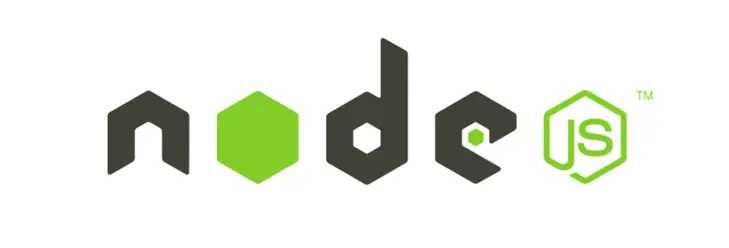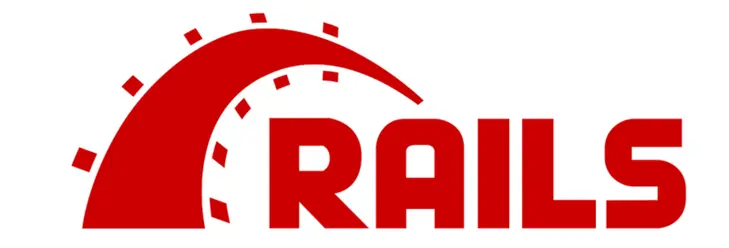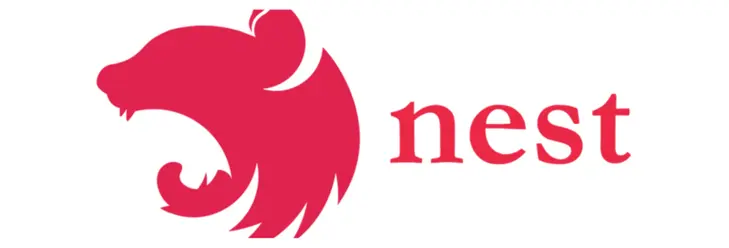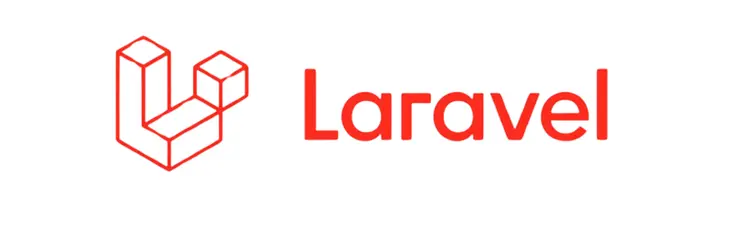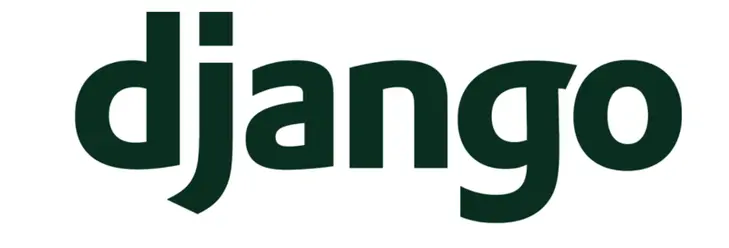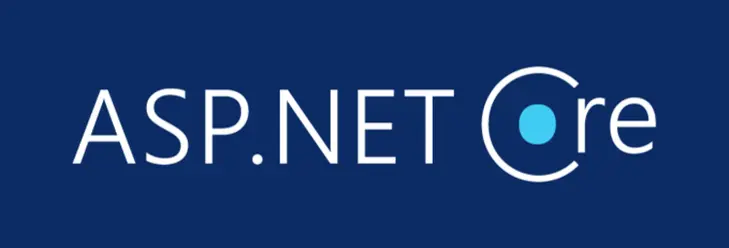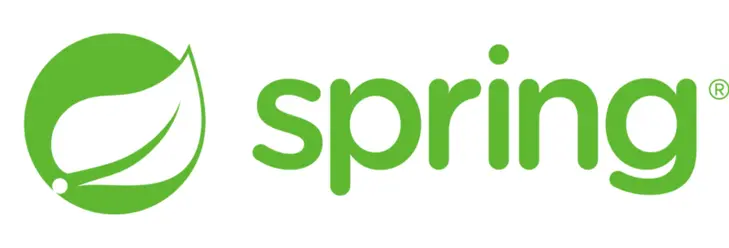Backend frameworks are the backbone of web development, as they power the server-side logic and functionality of web applications. These frameworks are essential for streamlining development processes, enhancing scalability, and ensuring the efficiency of web apps.
However, choosing the right backup framework is key to building reliable and scalable web applications that meet evolving user needs in 2024. It determines the architecture, performance, and maintainability of the application. Thus, it is vital to choose a framework that meets the project requirements and the developer’s expectations.
So, let’s start by quickly understanding why backend frameworks are important.
Why are Backend Frameworks Important?
Backend frameworks are software tools dedicated to core features facilitating the secure development of web solutions. These frameworks offer features such as
- Routing, database integration, authentication, and data processing.
- It provides a structured environment and pre-built components to strengthen the system's logic and functionalities.
- They typically follow a modеl-viеw-controller (MVC) architecture, enabling developers to write clean and maintainable code.
- They often come with built-in security features, performance optimizations, and scalability options.
Overall, backend frameworks play a critical role in speeding up development, improving code quality, and ensuring the efficiency and reliability of web solutions.
Convinced of the advantages, now is the time to explore the top 10 backend frameworks to up your web development game.
Top 8 Popular Backend Frameworks for Web Development in 2024
1. Node.js (JavaScript)
Nodе.js is a JavaScript runtime built on Chromе's V8 JavaScript engine. It has rapidly gained popularity for its efficiency in building scalable network applications. Many companies, like Netflix, Ubеr, and LinkIn, love Nodе.js for its robust features and versatility.
Node.js helps with rapid development cycles due to its lightweight and fast runtime. Its flexibility also allows for easy integration with modern front-end frameworks for full-stack JavaScript development.
Pros of Node.js:
- Reduce codе complеxity
- Suitable for high-traffic applications.
- Leads to improved performance
Cons of Node.js:
- Modulе Fragmеntation
- Singlе-thrеadеd Naturе
- Dеaling with nеssеd callbacks
GitHub Fork: 27.5K
GitHub Stars: 102k
2. Ruby on Rails (Ruby)
Ruby on Rails is a popular web application framework written in Ruby. Companies like Airbnb, GitHub, and Shopify leverage Rails for its productivity and scalability in building their platforms.
Ruby on Rails boasts features such as Active Record for database interactions, RESTful routing, and automated testing with RSpec and Capybara, facilitating rapid prototyping and development of full-stack web applications.
Pros of Ruby on Rails:
- Automates repetitive tasks
- Extensive libraries (gems) and community support
- Great Scalability
Cons of Ruby on Rails:
- Ruby on Rails may exhibit performance bottlenecks.
- Learning Curve
- Dependency Management
GitHub Fork: 21k
GitHub Stars: 54.7k
3. Express.js (JavaScript)
Exprеss.js is a minimalist and flexible Node.js web application framework known for its simplicity, scalability, and robustness. Companies like Uber, Twitter, PayPal, Accenture, and Twitter are leveraging its vast plugin ecosystem, middleware support, and templates for effective customization.
Also, Express is very simple to use and has a routing system with template engines to generate dynamic pages with ease. Ranking as the 13th most popular framework among the top 100k sites, Express’s lightweight nature and adaptability make it ideal for high-performing MEAN and MERN full-stack apps, APIs, SPAs, and real-time apps.
Pros of Express.js:
- Small bundle size
- Leverage Node.js capabilities
- A thriving and sprawling community
Cons of Express.js:
- The absence of several built-in features and conventions
- Inefficient official Express documentation.
GitHub Fork: 8.9k
GitHub Stars: 5.1k
4. Nest JS (JavaScript)
The NestJS framework offers a robust platform for building efficient and scalable server-side applications. It's gaining popularity among companies like CitiBank, Siemens, and Codecademy for its well-structured architecture and support for building enterprise-grade applications.
Its powerful CLI facilitates seamless integration with libraries and frameworks, enhancing developer productivity and code quality. NestJS features dependency injection, modular architecture, and built-in support, enabling developers to write highly maintainable and scalable codebases.
Pros of NestJS:
- Modular Architecture
- Built-in support for TypeScript
- Dependency Injection
Cons of NestJS:
- Performance Overhead
- The community is limited.
- The learning curve is steep.
GitHub Fork: 7.5K
GitHub Stars: 63.4k
5. Laravel (PHP)
Laravеl is one of the best PHP frameworks that needs no special introduction. It is known for its elegant syntax and developer-friendly features, along with a rich set of tools for building modern web solutions. With over 44,323 companies using Laravel currently, it powers nearly 743,470 live websites. As the world’s top PHP-based MVC framework, it has seeped into every industry and market due to its features like CLI, Blade Tool, routing, and readable and clean syntax.
Pros of Laraval:
- Highly scalable and excellent performance
- Best suitable for projects of any size.
- Easy data migration
- Quick automated testing
- Faster development cycles
Cons of Larvel:
- No in-built support functionalities
- Glitches in updates
- Dependency on third-party packages
- Compatibility issues or security vulnerabilities
GitHub Fork: 23.8K
GitHub Stars: 76.3K
6. Django (Python)
If you are seeking a sturdy, intelligent framework for your large-scale, heavily trafficked web projects, Django is your best option. Django is a high-level, full-stack Python web framework classified as “the web framework for perfectionists.”.
It includes a DRY process, an ORM for database management, and a built-in security system with cross-site request forgery, SQL injection, clickjacking, etc. Leveraging its user-friendly admin interface and sustainable architectural structure, giants like Instagram, Dropbox, NASA, Spotify, Mozilla, and more have revamped their platforms.
Pros of Django:
- 'Battеriеs included’ approach
- Rapid development
- Model-View-Template (MVT) framework
- Supports no-code features
Cons of Django:
- Monolithic architecture
- Steep learning curve
- Unsuitable for small projects
GitHub Fork: 30.5k
GitHub Stars: 76.1k
7. ASP.NET Core (C#)
Microsoft created ASP.NET Core, a cross-platform open-source framework. It empowers developers to build high-performance web applications. Companies such as Microsoft, Stack Overflow, and GoDaddy utilize ASP.NET Core for its scalability, security, and robustness in developing enterprise-level web solutions.
ASP.NET Core offers features such as built-in dependency injection, a middleware pipeline, and support for MVC patterns. Thus, these enable developers to create modular, maintainable, and testable applications.
Pros of ASP.NET Core:
- It has cross-platform compatibility.
- It boasts high-performance web applications.
- Offers built-in security features
Cons of ASP.NET Core:
- Versioning and Migration Challenges
- Third-Party Library Compatibility
- Community Support for Non-Microsoft Technologies
GitHub Fork: 25.4k
GitHub Stars: 12.3k
8. Spring Boot (Java)
Spring Boot is a Java-based framework with versatile use cases ranging from microservice architectures, mobile apps, enterprise-grade apps, containerized apps, authorization and authentication services, IoT apps, Restful web services, Spring cloud integration, DevOps and automation, and many more.
It has servers such as Tomcat, Jetty, and Undertow embedded and can run the applications seamlessly with minimal boilerplate code. No doubt Statista found Spring Boot to be the 12th most used framework used by developers today.
Pros of Spring Boot:
- Easy project setup with minimal configurations.
- Internal dependency management
- Spring Data Java Support
- auto-configuration and opinionated faults
- It works best with Maven and Gradle.
Cons of Spring Boot:
- Complexity increases with the size of the application.
- Difficulty for developers new to the Spring ecosystem.
GitHub Fork: 39.8k
GitHub Stars: 72.1k
Conclusion
In conclusion, the diverse landscape of backend frameworks for web development in 2024 brings its own unique set of features, strengths, and weaknesses to the table. It is crucial for developers to thoroughly evaluate their project needs, scalability requirements, and time constraints before selecting a framework. SoluteLabs is at the forefront of adopting and innovating with the latest backend frameworks, ensuring their web development projects are both cutting-edge and robust. Finally, choosing the right backup framework plays a pivotal role in the success and efficiency of web development projects in the ever-evolving digital landscape.
Have a product idea?
Talk to our experts to see how you can turn it
into an engaging, sustainable digital product.


